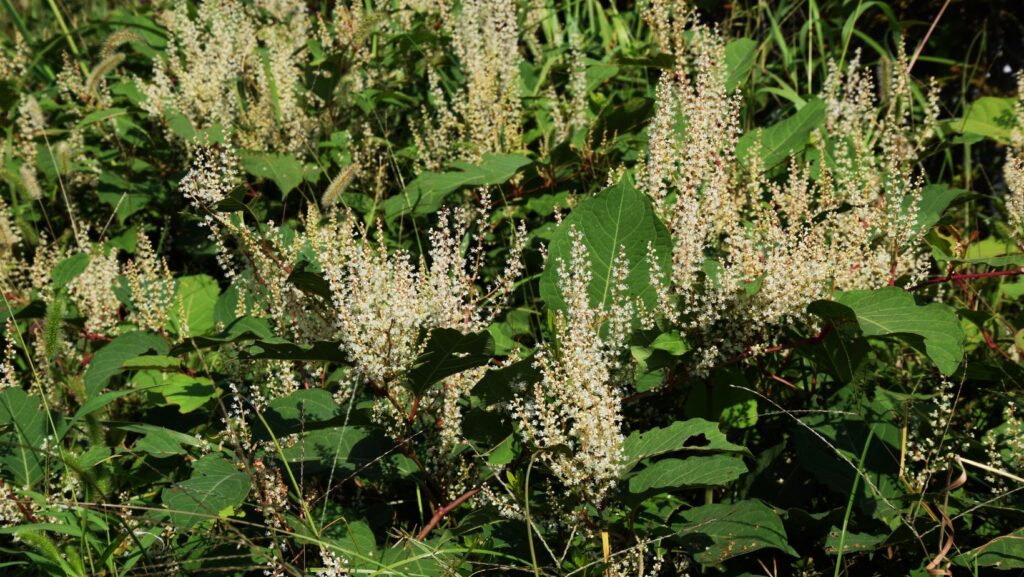Japanese knotweed (Fallopia japonica) is an invasive plant that wreaks havoc on ecosystems, infrastructure, and properties. Originally introduced from East Asia for ornamental purposes, it has since become a destructive force due to its resilience and aggressive growth. Here are five major issues caused by Japanese knotweed and why it’s essential to control its spread.
Structural Damage to Buildings
Japanese knotweed is notorious for its ability to grow through small cracks and crevices in building foundations, driveways, and even walls. Its underground rhizomes (root systems) spread aggressively, penetrating and damaging concrete, bricks, and asphalt. Left unchecked, this can lead to expensive repairs, as weakened structures become compromised, leading to safety risks for homeowners and tenants.
Reduces Property Values
Because of its reputation for causing structural damage, Japanese knotweed can significantly reduce property values. In the UK, for example, mortgage lenders may refuse loans on properties affected by knotweed until a proper removal and management plan is implemented. Potential buyers and investors are often discouraged from purchasing properties with knotweed due to the costly eradication process and potential for future problems – learn more.
Harms Local Ecosystems
Japanese knotweed’s rapid growth allows it to outcompete native plants, leading to biodiversity loss.

By forming dense thickets, it shades out other vegetation and alters the natural balance of ecosystems, which can harm wildlife that depends on native plants for food and shelter. This invasive species disrupts soil composition, making it difficult for native species to reestablish even after knotweed removal.
Increases Flood Risks
Knotweed’s dense, towering growth can exacerbate flood risks, especially near water bodies. When growing along riverbanks or streams, its roots bind soil less effectively than native vegetation. During heavy rain or floods, knotweed thickets can be uprooted and carried downstream, clogging waterways and reducing water flow. This can increase flood risks for nearby communities, requiring costly flood defense maintenance.
Costly to Eradicate
One of the most challenging aspects of Japanese knotweed is its resilience. Standard weed killers and removal methods often fail to eliminate it entirely, as the plant can regrow from even a tiny piece of root.

Effective removal typically requires specialized herbicides and multiple treatments over months, if not years, costing thousands of dollars. In some cases, excavation and removal of contaminated soil are necessary, adding to the expense.
Conclusion
Japanese knotweed presents significant challenges for property owners, environmentalists, and communities alike. Managing this invasive species requires a proactive approach and professional expertise to prevent its spread and mitigate its impact. With these efforts, it’s possible to reclaim affected areas and protect local ecosystems from further harm.

